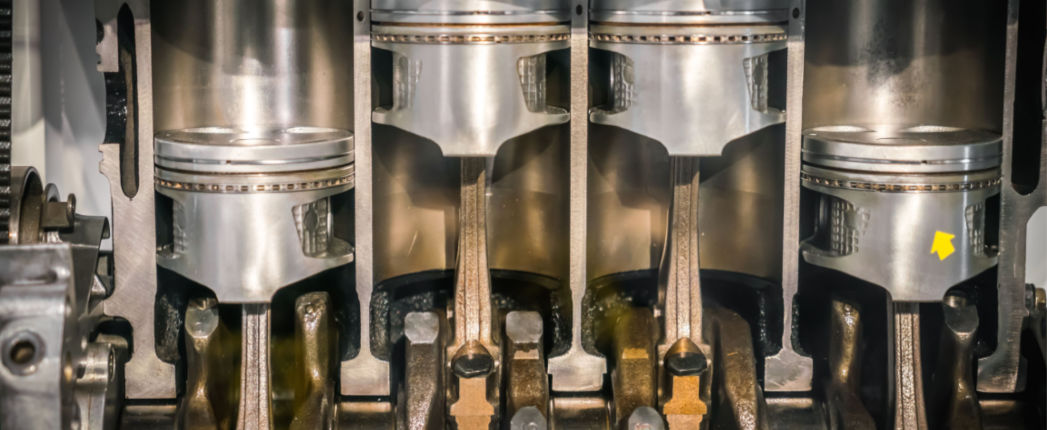
Automakers have expressed interest to address additional issues in the latest passenger car motor oil specifications for North America before adoption of the next spec, which may not happen until late this decade. The wish list includes a test to ensure that oils prevent low-speed pre-ignition over the life of a drain interval and addition of two extra light viscosity grades.
This appears unlikely, however, to result in adoption of a supplement for API SP, as industry leaders are looking to address these issues in other ways.
The latest industry standard for the region, ILSAC GF-6 and its companion spec from the American Petroleum Institute, API SP, came to market in May of 2020. The International Lubricant Specification Advisory Committee, which represents United States and Japanese car makers in the North American market, has already initiated work on the next standard, ILSAC GF-7, but it is not expected to be commercialized until around 2028.
Automakers have already identified issues that they would like addressed earlier than that timeframe. GF-6 included the Sequence IX test, which gauges an oil’s ability to prevent low-speed pre-ignition. However, Ford and lubricant additive supplier Lubrizol were calling for additional requirements in that area before the ink dried on that specification.
As an oil ages, some lubricants that pass the fresh oil low-speed pre-ignition test, may not all continue to protect against this phenomena over the life of the oil drain. Concerns about loss of performance in this area were first documented in an SAE paper by Lubrizol in 2018, and by 2019 work was underway on a potential new test. Test labs, additive companies, OEMs and API provided some funding for the development work, and in 2021 funds were authorized for a more extensive precision matrix to prove out the test. Work is currently ongoing.
The Sequence IX was originally incorporated into API SN Plus, a 2018 supplement to API SN, which was introduced along with GF-5 in 2010. According to sources, most oils currently in use are expected to pass the new test, and it is unclear if this test needs to be introduced as part of an official supplement or instead if OEMs manage this concern until ILSAC GF-7.
Either way, having a new test ready, is a positive step for industry. It is also possible for ILSAC members to add this test to their own proprietary OEM specifications before an ILSAC GF-7, which could also help ensure most oils meet this requirement need sooner rather than later.
There are also efforts to add two new low viscosity grades to the list of those currently covered by North American specs. At the June 29, 2022 Lubricant Standards Group meeting, API’s Jeff Harmening made a formal request to add SAE 0W-08 and 0W-12 to the ILSAC GF-6 list of available viscosity grades.
“It appears that some OEMs are already using SAE 0W-08 and 0W-12 as part of other industry specifications like JASO GLV 1,” he said. “API should proactively prepare to allow these grades as part of EOLCS [the Engine Oil Licensing and Certification System], therefore we are asking the Lubricant Group to consider this request.”
The request is not complex, according to API’s statement. The organization would officially request that the chairs of the Auto/Oil Advisory Panel and the Lubricant Standards Group add these grades to the ILSAC GF-6B standard. If accepted, then industry representatives using annex C in API 1509 can proceed to define the technical requirements to incorporate these grades into both the ILSAC and API standards.
A key consideration would be the adaptation of a JASO fuel economy test already used in the JASO GLV1 specification and the International Fluid Consortium’s proposed GEO 1 and 2 specifications, all of which cover SAE 0W-8 and 0W-12. All other tests would be identical, to ILSAC GF-6B. This could be implemented in parallel to a future ILSAC GF-7 specification.
It should be noted, that products that can manage the GLV1 specification should already be available for sale in Japan. One would expect any formulary technology developed for GLV1, GEO 1 or GEO 2 could be used in all regions without a major new development effort.
As of today there is no clear path to introduce an API SP plus supplement. One reason is that doing so could delay timing of a future ILSAC GF-7. A similar situation occurred on the heavy-duty side of lubricants. Ford had proposed introducing the new Ford 6.7L test prior to PC-12 as an API CK-4 supplement, but the consensus was that industry was better off introducing the new test as part of PC-12 and to focus on PC-12 development as there did not appear to be a real field issue that needs to be immediately addressed.
“I do not believe there is an urgent need for a supplemental SP category at this time,” said Angela Willis, of Advanced Consulting. “The industry is best served to focus on new test development and maintenance of existing tests, which will be critical to the viability of future, as well as current, ILSAC specifications and API categories.” She added, “I am encouraged by efforts to ensure we have proper tests for the unforeseeable future. It is especially encouraging that Ford and GM continue to be engaged in these efforts, even though there is a substantial dedication of resources for electrification development and implementation. There is recognition by the OEMs, and the rest of the industry, that ICE vehicles will need support and require quality engine oils for a long time, regardless of any type of electrification transition.”